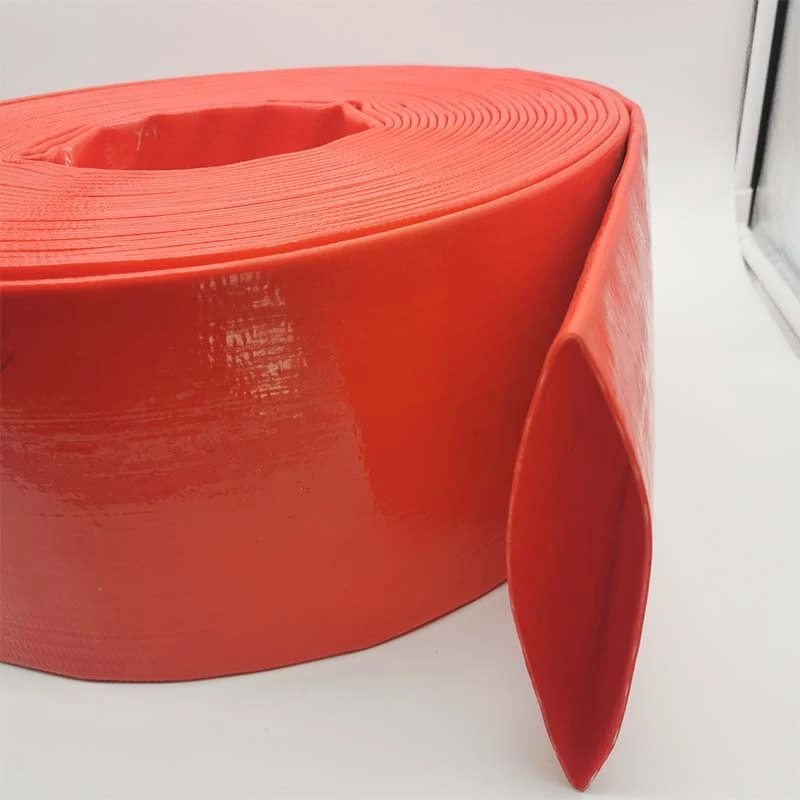Tips for Efficiently Watering Your Garden with a Hose
The Importance of Watering Your Garden Properly A Guide to Garden Hoses
Watering is one of the most critical aspects of maintaining a healthy garden. Without adequate moisture, plants can wilt, fail to thrive, and eventually die. Thus, understanding how to properly water your garden is essential for every gardening enthusiast. One of the most effective tools for delivering water to your plants is a garden hose. In this article, we will explore the importance of watering your garden, how to use a garden hose effectively, and tips for maximizing its efficiency.
The Importance of Proper Watering
Water is vital for plant growth. It helps in photosynthesis, nutrient transport, and temperature regulation. Different plants have varying water requirements, but most thrive in moist soil that drains well. Overwatering can be just as damaging as underwatering, leading to root rot and attracting pests. Therefore, finding the right balance is crucial.
Regular watering helps establish a robust root system, making plants more resilient to drought and other environmental stressors. Inconsistent watering can stunt growth, cause flowering or fruiting issues, and make plants more susceptible to diseases. Understanding your garden's specific needs will allow you to create a tailored watering routine.
Choosing the Right Garden Hose
A high-quality garden hose is essential for efficient watering. When selecting a hose, consider factors such as length, diameter, material, and durability. Most gardeners opt for hoses that are 50 to 100 feet long, as they offer flexibility for larger gardens. A wider diameter allows for better water flow; typically, a 5/8-inch diameter hose is a good standard.
Materials can vary, with rubber hoses often being the most durable and kink-resistant, while vinyl hoses are lighter and more affordable. It's crucial to choose a hose that matches your gardening needs and will stand up to the elements.
Effective Watering Techniques
watering garden hose

To make the most of your water— and your garden hose—consider these effective watering techniques
1. Water Deeply and Infrequently Encourage deep root growth by watering less frequently but more deeply. This approach helps plants access moisture deeper in the soil and makes them more drought-resistant.
2. Water Early or Late Watering during the early morning or late evening minimizes evaporation and allows the plants to absorb more moisture. It also prevents fungal diseases that can occur when watering in the evening.
3. Use a Spray Nozzle A hose with a spray nozzle allows you to control the water flow and pressure, making it easier to water delicate plants without flooding them. Nozzles with adjustable settings can also help you switch between a fine mist for seedlings and a stronger jet for established plants.
4. Check Soil Moisture Before watering, check the soil moisture level by sticking your finger about an inch deep into the soil. If it feels dry, it’s time to water. This simple habit can prevent overwatering.
5. Mulch to Retain Moisture Adding a layer of mulch around your plants can help retain soil moisture and reduce the frequency of watering. Organic mulches, like straw or wood chips, also improve soil health as they break down.
Conclusion
Watering your garden is an art and a science, requiring attention to detail and an understanding of your plants' needs. A high-quality garden hose is an indispensable tool in this process, allowing you to apply water efficiently and effectively. By following good watering practices and being mindful of your garden's unique needs, you can create a flourishing landscape that thrives season after season. Remember, water is not just a resource; it is the lifeblood of your garden. Happy gardening!
-
Top Quality Oxy Acetylene Hoses for Sale Fit for Welding DemandsNewsJul.28,2025
-
The Future of Pneumatic Air Tubes in IndustryNewsJul.28,2025
-
Superior and Reliable LPG Hose Pipe Solutions for Every NeedNewsJul.28,2025
-
Exceptionally Durable and Versatile Premium Braided PVC TubingNewsJul.28,2025
-
Best Adapters for Connecting Garden Hose to PVC Pipe ConnectionsNewsJul.28,2025
-
The Essential Role of LPG Hoses in Safe and Efficient Gas DistributionNewsJul.16,2025














